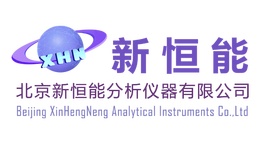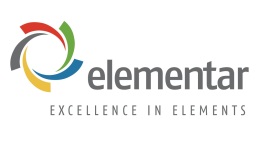方案详情文
智能文字提取功能测试中
Total Organic Carbon Analysisfor Purified Water and Water forInjection Application Note Abstract ln pharmaceuticals, water, specifically Purified Water (PW) and Water for Intravenous Injection (WFI), isvital for drug preparation. Producing and ensuring the cleanliness of this water entails very strict qualitycontrol and precise analytical testing methods. The United States Pharmacopeia (USP) and JapanesePharmacopeia (JP) have promoted Total Organic Carbon (TOC) analysis as the procedure to verify PWand WFl are free of TOCs and therefore able to be used for pharmaceutical purposes. A TOC system isconsidered suitable, under the USP, if it can recover 90% of a 0.5mgC/L system suitability standard, 1,4-benzoquinone. The JP requirement uses a dodecylbenzenesulfonic acid standard with a 90% recoverycriterion. This application note will present data following these strict criteria. In addition, this study will verify thesuitability of Teledyne Tekmar’s TOC Analyzer (Figure 1) for analysis of TOC at 0.05 mgC/mL, asopposed to the current standard of 0.5 mgC/L. Figure 1.Teledyne Tekmar’s Fusion TOC Analyzer Introduction In pharmaceuticals, water, specifically Purified Water (PW) and Water for Intravenous Injection (WFI) isvital for the preparation of intravenous drugs. Since these medications are normally introduced directlyinto the bloodstream, the reagents used to make them need to be as clean as possible. The UnitedStated Pharmacopeia (USP) and Japanese Pharmacopeia (JP) lay out strict regulations that mandatethat PW and WFl are free of Total Organic Carbon (TOC) to be used for pharmaceutical applications.These methods also demand extremely sensitive instruments to detect TOC at the levels they require. The JP test method for TOC specifies,“The instrument should be capable of measuring the amount oforganic carbon down to 0.050 mgC/L.” Also, the system should be capable of generating not less than0.450 mgC/L when using a 0.806 mg/L solution of dodecylbenzenesulfonic acid as a sample. Thissolution has a carbon concentration of 0.500 mgC/L and the JP method specifies that the instrument mustbe capable of oxidizing 90% (0.450 mgC/L) of this solution as a measured sample. This application note will show the capability of the Teledyne Tekmar Fusion TOC analyzer of meetingthese two requirements set forth in Japanese Pharmacopeia test method for total organic carbon. Experimental-Instrument Conditions For this study, analysis was performed on the Teledyne Tekmar Fusion, a UV/Persulfate TOC Analyzerusing the default Japanese Pharmacopeia method (Table 1). General Parameter Value Advanced Parameter Value Sample Volume 9.0mL Needle Rinse Volume 5.0 mL Dilution 1:1 Vial Prime Volume 2.0 mL Acid Volume 0.1mL IC Sample Prime Volume 2.0 mL Reagent Volume 0.6 mL IC Sparge Rinse Volume 5.0 mL UV Reactor Pre-rinse Off Baseline Stabilize Time 1.60 min UV Reactor Pre-rinse Volume 0.0mL Detector Pressure Flow 300.0 mL/min Number of UV Reactor Pre-rinse 1 Syringe Speed Waste 10 IC Sparge Time 0.50 min Syringe Speed Acid 7 Detector Sweep Flow 500.0 mL/min Syringe Speed Reagent 7 Pre-Sparge Time 0.0 min Syringe Speed DI Water 7 System Flow 500.0 mL/min NDIR Pressurization 50 psig Syringe Speed Sample Dispense 7 Syringe Speed Sample Aspirate 4 Syringe Speed UV Dispense 7 Syringe Speed UV Aspirate 5 Syringe Speed IC Dispense 5 Syringe Speed IC Aspirate 5 NDIR Pressure Stabilize 1.75 min Sample Mixing Off Sample Mixing Cycles 1 Sample Mixing Volume 10.0 Low Level Filter NDIR Off Table 1: Fusion Japanese Pharmacopeia Method Parameters Sample Preparation KHP (Potassium Hydrogen Phthalate) and dodecylbenzenesulfonic acid were used as sources of TOC.A stock solution of KHP was prepared at 1000 mgC/L in a 1 L volumetric flask. From this KHP stocksolution, serial dilutions were made to prepare 0.500 mgC/L and 5.00 mgC/L working solutions. A 50mgC/L stock solution of dodecylbenzenesulfonic acid was prepared by dissolving 80.6 mg/L ofdodecylbenzenesulfonic acid into deionized water. A 0.500 mgC/L working solution was prepared bydiluting this stock. Results A. Recovery of Dodecylbenzenesulfonic Acid The Japanese Pharmacopeia mandates that the system"should be capable of generating not less than0.450 mg/L of carbon when using the dodecylbenzenesulfonic acid as the sample." The Fusion TOCanalyzer was calibrated using a 5.00 mgC/L KHP stock solution utilizing the auto-dilution feature. Theregression factor (r) for the curve was determined to be 0.9995 over a calibration range of 0.050-2.50mgC/L. Figure 2 illustrates the calibration curve developed for this study. A sample ofdodecylbenzenesulfonic acid with a carbon concentration of 0.500 mgC/L was analyzed as a sample. Theresults from this analysis can be seen in Table 2. Figure 1: TOC Calibration curve for the Dodecylbenzenesulfonic Recovery Test Sample Name Concentration (mgC/L) Std. Dev. (mgC/L) %RSD dodecylbenzenesulfonic acid with a carbonconcentration of 0.500mg/L* 0.503mg/L 0.009 1.85 dodecylbenzenesulfonic acid with a carbonconcentration of 0.500mg/L* 0.504mg/L 0.012 2.50 Table 2: TOC data for 0.500 mgC/L dodecylbenzenesulfonic acid. *n=2 The analysis preformed on dodecylbenzenesulfonic acid with a carbon concentration of 0.500mgC/L hada recovery of 100.6%. This satisfies the 90% recovery criteria that is set forth in the total organic carbontest method for the Japanese Pharmacopeia. B. TOC Detection Below 0.050mg/L The Japanese Pharmacopeia also indicates "The instrument should be capable of measuring the amountof organic carbon down to 0.050 mgC/L." For this analysis, the Fusion was calibrated using a stock KHPsolution of 0.500 mg/L of carbon utilizing the auto-dilution feature. The regression factor (r) for thecalibration curve (Figure 3) was determined to be 0.9995 over a range of 0 to 0.500mgC/L. A set ofcheck standards were analyzed at 0.050 and 0.125 mgC/L to simulate the low level that is required by theJP TOC Method. The results for these check standards are found in Table 3. ucZ> Figure 3: Calibration curve for the low level TOC analysis Sample Name Concentration (mgC/L) Std. Dev. (mgC/L) %RSD Check Sample 0.050mg/L of Carbon 0.0503mg/L 0.0007 1.35 Check Sample 0.050mg/L of Carbon 0.0515mg/L 0.0023 4.39 Check Sample 0.125mg/L of Carbon 0.1248mg/L 0.0018 1.43 Check Sample 0.125mg/L of Carbon 0.1276mg/L 0.0025 1.99 Table 3: Data for the low level TOC analysis The results of this low level analysis meet the method criteria of accurately measuring the amount oforganic carbon down to 0.050 mgC/L. Even at such a low level, the samples show excellentreproducibility as evident by the low %RSDs (1.35 to 4.39%). Since these samples were ran as a checkstandards, the Fusion software automatically subtracts the blank contribution of carbon that is present inthe system and deionized water. The data listed in Table 3 satisfies the criteria set forth in the totalorganic carbon test method for the Japanese Pharmacopeia. Conclusions When dealing with pharmaceuticals, specifically Purified Water (PW) and Water for Intravenous Injection(WFI) the implications on human health require very strict regulation. One of the methods of determiningthe cleanliness of these reagents is total organic carbon testing. Both the USP and JP lay out detailedguidelines that must be followed, with the main difference being the system suitability test material. Forthe JP method, the TOC instrument must be capable of recovering 90% of a 0.500 mg/L carbon sampleof dodecylbenzenesulfonic acid. The Fusion met and exceeded these criteria, recovering 100.6% of the0.500 mgC/L sample of dodecylbenzenesulfonic acid. The second part of the JP TOC system suitabilitystates that the system must be able to measure a carbon sample down to 0.050mgC/L. Data presentedusing the Fusion also met this criteria, with accurate and reproducible results, even at low levels. Thisstudy demonstrates the suitability of Teledyne Tekmar’s Fusion TOC Analyzer for this analysis bymeeting and surpassing all method performance criteria. References 1Japanese Pharmacopeia General Test/Test for Total Organic Carbon pg.93-952 U.S.Pharmacopeia General Chapter <643> Total Organic Carbon.www.usp.org Sales/Support: 800-874-2004·Main: 513-229-7000 Sales/Support: ·Main: Socialville Foster Rd., Mason, OH ww.teledynetekmar.comTOC for Purified Water and WFI; -Apr- 摘要 在制药行业,水,特别是纯净水(PW)和静脉注射用水(WFI)对于药物制备是至关重要的。生产和确保这种水的清洁需要非常严格的质量控制和精确的分析测试方法。美国药典(USP)和日本药典(JP)已推广总有机碳(TOC)分析,作为验证PW 和WFI 不含TOC 的程序,因此可以用于制药目的。在USP 下,如果TOC 在一个0.5mgC/L 的1,4-苯醌标准品的系统下达到90%的回收率,则认为这个TOC 系统是合适的。JP 要求使用十二烷基苯磺酸标准与90%的回收率标准。 本文将提供符合这些严格标准的数据。此外,本研究将验证Teledyne Tekmar的TOC 分析仪(图1)在0.05 mgC/mL 条件下分析TOC 的适用性,而目前的标准为0.5 mgC/L。图1. Teledyne Tekmar’s Fusion TOC 分析仪简介在制药行业,水,特别是纯净水(PW)和静脉注射用水(WFI)对静脉注射药物的制备至关重要。由于这些药物通常直接进入血液,用于制造它们的试剂需要尽可能洁净。美国药典(USP)和日本药典(JP)制定了严格的规定,要求用于制药的PW和WFI 不含总有机碳(TOC)。这些方法需要极为灵敏的仪器在需要的标准上检测TOC。TOC 的JP 测试方法规定:“该仪器应能够检测有机碳含量的最低检测限至0.050 mgC/L。此外,当使用0.806 mg/L 的十二烷基苯磺酸溶液作为样品时,该系统应能够产生不低于0.450mgC/L 的有机碳,该溶液的碳浓度为0.500 mgC/L, JP 法规指定仪器必须能够氧化该溶液的90% (0.450 mgC/L),才能作为被测样品。这个应用说明将演示Teledyne Tekmar Fusion TOC分析仪满足日本药典关于总有机碳测试方法的两个要求的能力。实验仪器条件在本研究中,使用默认的日本药典方法在Teledyne Tekmar Fusion(紫外/过硫酸TOC分析仪)上进行了分析(表1)。表1 Fusion 日本药典方法的参数设置样品制备以邻苯二甲酸氢钾(KHP)和十二烷基苯磺酸作为TOC的来源,在1 L容量瓶中配制1000mgC/L的KHP原液。从这个KHP原液中,连续稀释成0.500 mgC/L和5.00 mgC/L的样品溶液。将80.6 mg/L的十二烷基苯磺酸溶于去离子水中,制得50 mgC/L的十二烷基苯磺酸原液。稀释后配制0.500 mgC/L样品溶液。结果A.十二烷基苯磺酸的回收日本药典规定,该体系“在使用十二烷基苯磺酸作为样品时,碳的含量应不低于0.450 mg/L”。Fusion TOC分析仪使用5.00 mgC/L KHP原液利用自动稀释特性进行校准,在0.050 ~ 2.50 mgC/L的校正范围内,回归因子(r2)为0.9995。图2给出了本研究的校准曲线,以碳浓度为0.500 mgC/L的十二烷基苯磺酸为样品进行分析,分析结果见表2。图2 十二烷基苯磺酸回收试验的TOC校准曲线表2 0.500mgC/L十二烷基苯磺酸的TOC数据 *n=2对碳浓度为0.500mgC/ L的十二烷基苯磺酸进行分析,回收率为100.6%。这符合日本药典总有机碳测试方法中规定的90%回收率标准。B. TOC检测低于0.050mg / L日本药典也指出“该仪器应能够检测有机碳含量的最低检测限至0.050 mgC/L”,在此分析中,利用自稀释特性,使用0.500 mg/L碳的KHP原液对Fusion进行了校准。在0 ~ 0.500mgC/L范围内,校准曲线(图3)的回归因子(r2)确定为0.9995。在0.050和0.125 mgC/L范围内分析了一套检查标准,以模拟JP TOC方法所需的低浓度水平。这些检查标准的结果见表3。图3 Calibrationcurve for the 低浓度TOC分析的校准曲线表3 低浓度TOC分析的数据该低浓度水平分析的结果符合准确测量有机碳含量为0.050 mgC/L的方法标准。即使在如此低的浓度水平上,样品也表现出良好的重现性,rsd较低(1.35 ~ 4.39%)。由于这些样品作为检查标准运行,Fusion软件自动减去存在于系统和去离子水中空白贡献的碳。表3所列数据符合《日本药典》总有机碳检测方法的标准。结论在处理药品,特别是纯净水和静脉注射用水时,对人类健康的影响需要非常严格的管理。测定这些试剂清洁度的方法之一是总有机碳测试。USP和JP都列出了必须遵守的详细指南,主要区别在于系统适用性测试材料。对于JP法规,TOC仪器必须能够回收0.500mg/L的十二烷基苯磺酸碳样品的90%。Fusion符合并超过了这些标准,0.500 mgC/L的十二烷基苯磺酸样品的回收率为100.6%。JP TOC系统适用性的第二部分规定,该系统必须能够测量到0.050mgC/L以下的碳样品。使用Fusion提供的数据也符合这一标准,即使在低浓度水平下,结果也准确且可重复。本研究表明TeledyneTekmar的Fusion TOC分析仪符合并超过了所有方法的性能标准。参考文献1. Japanese Pharmacopeia General Test/ Test for Total Organic Carbonpg.93-952. U.S. Pharmacopeia General Chapter<643> Total Organic Carbon.
关闭-
1/5
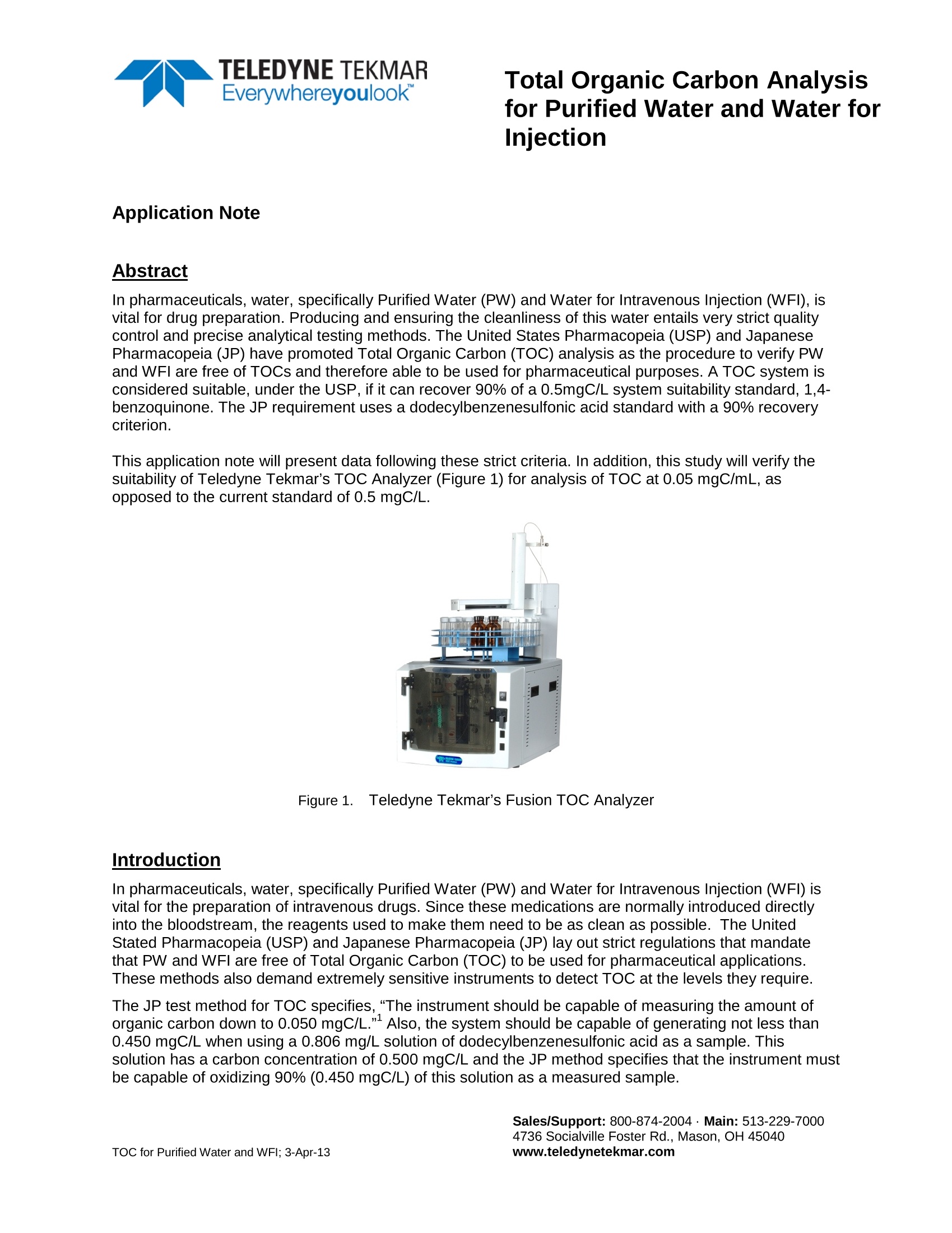
-
2/5
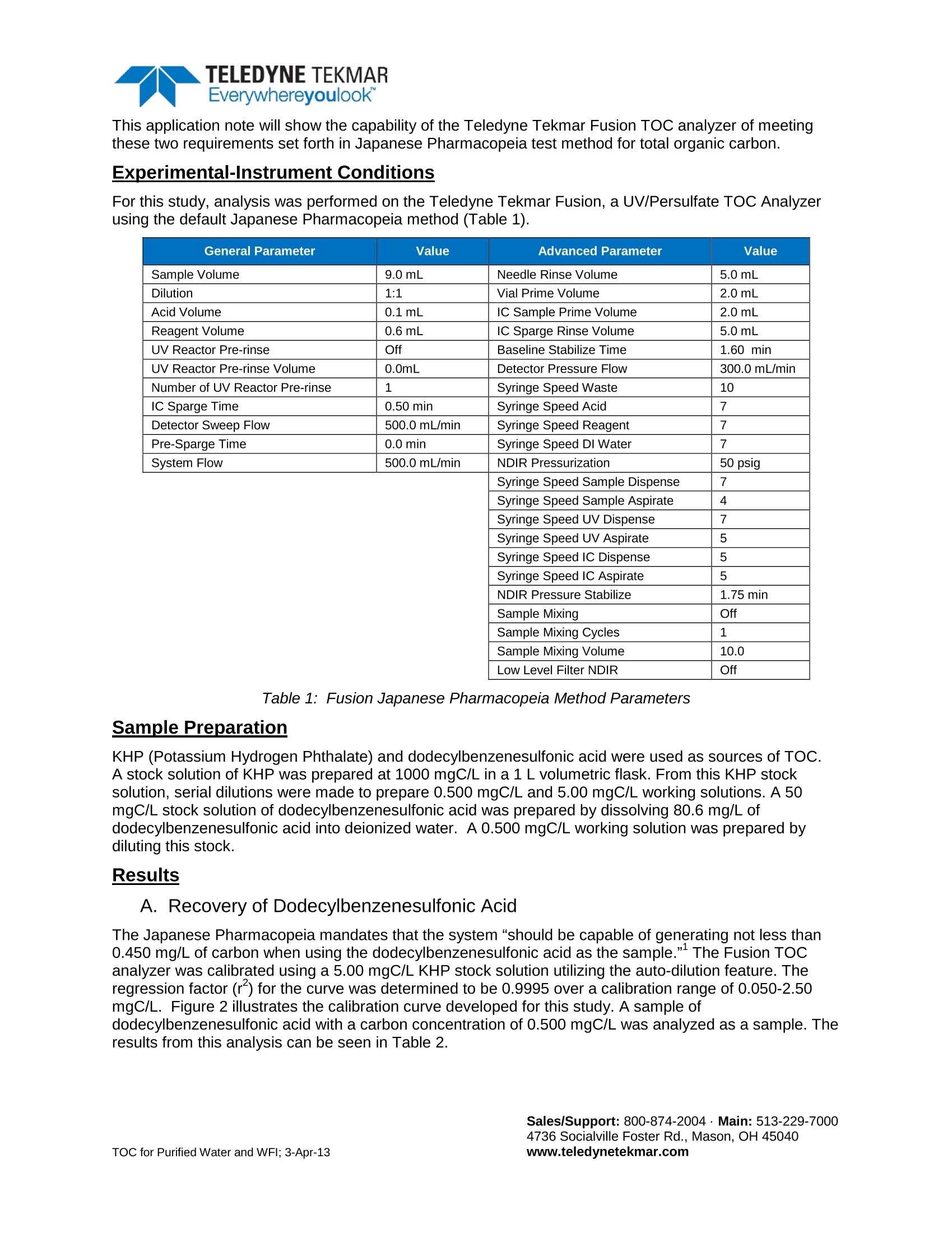
还剩3页未读,是否继续阅读?
继续免费阅读全文产品配置单
培安有限公司为您提供《纯净水和注射用水中总有机碳(TOC)检测方案(TOC分析仪)》,该方案主要用于溶剂中限度检查检测,参考标准《暂无》,《纯净水和注射用水中总有机碳(TOC)检测方案(TOC分析仪)》用到的仪器有Tekmar 总有机碳TOC分析仪 UV紫外线/过硫酸盐法。
我要纠错
推荐专场
相关方案



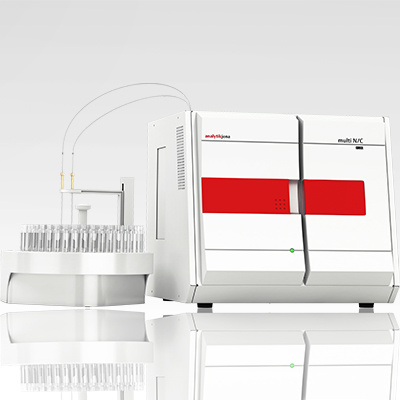
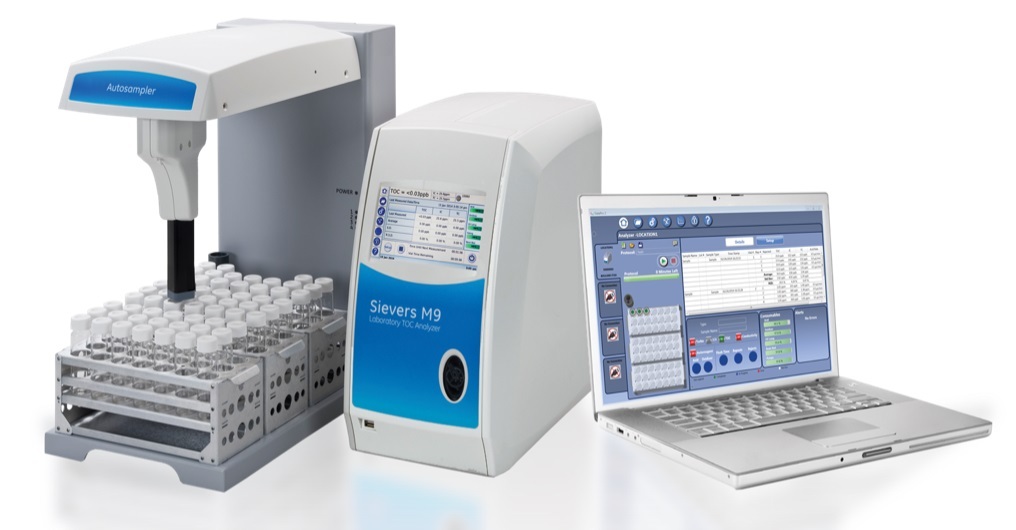
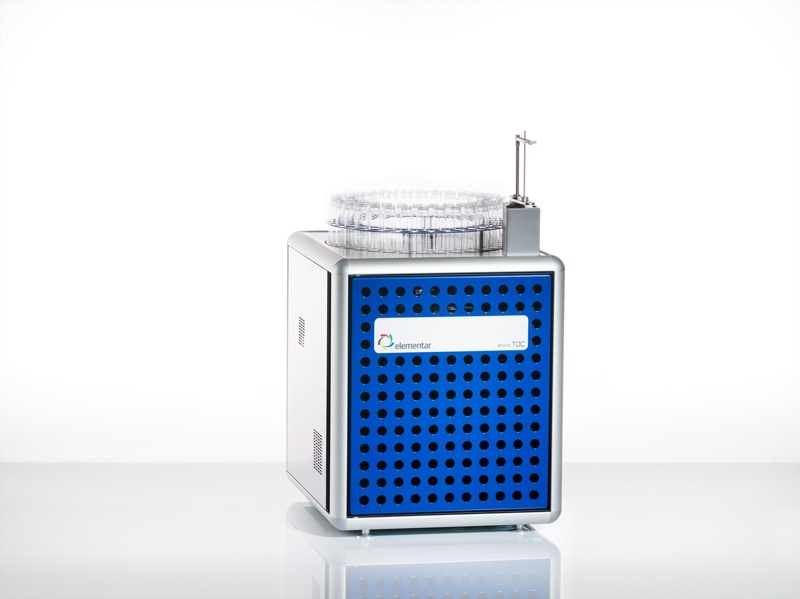
 咨询
咨询